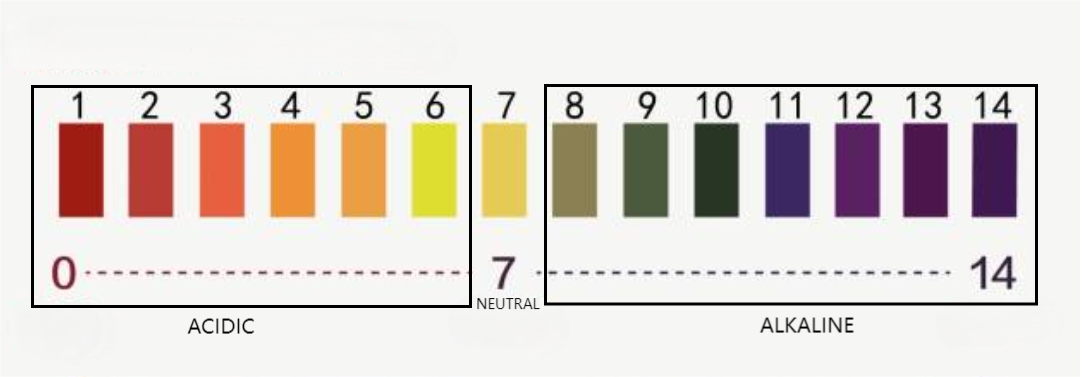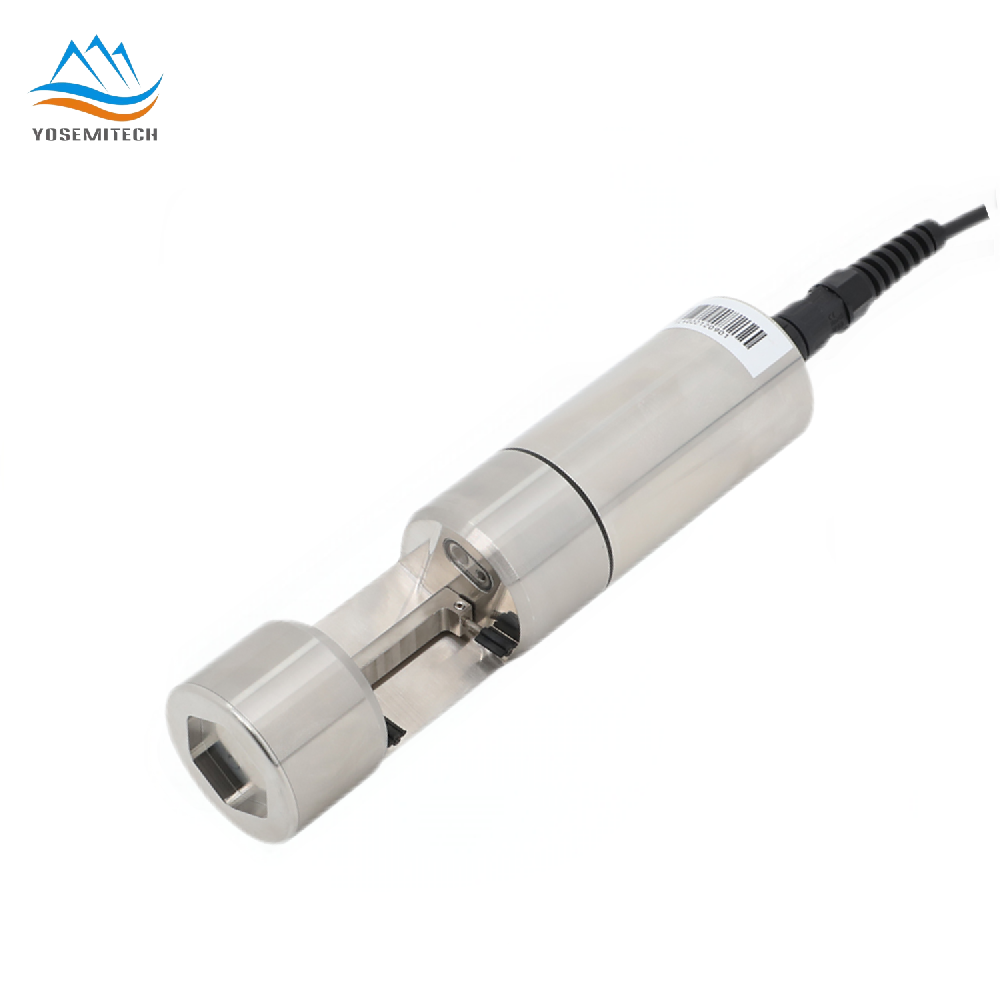Industry news
What pH standard should drinking water be?
Writer: admin Time:2024-07-15 11:11:42 Browse:1294℃
pH is a fundamental measure that indicates whether a substance is acidic or alkaline. For drinking water, pH is critical in assessing its quality and potential impact on human health. This article reviews importance of pH for drinking water, idea pH for drinking water, method of measuring pH and health effects of pH.

Importance of pH for Drinking Water
The pH level of drinking water is crucial for several reasons. It directly affects the water's acidity or alkalinity, which can impact human health and the integrity of water distribution systems. If the water is too acidic (pH below 6.5), it can corrode pipes and release harmful metals like lead or copper. On the other hand, extremely alkaline water (pH more than 8.5) can cause scaling and mineral deposition in pipes, affecting water flow and quality. Maintaining a neutral pH around 7 is important for the palatability of water. Additionally, the pH level influences the effectiveness of chemical disinfection processes used in water treatment. Therefore, monitoring and adjusting the pH of drinking water is essential for ensuring its safety, taste, and the integrity of the distribution system.
Idea pH for Drinking Water
Surface water typically has a pH of 6.5 to 8.5, whereas groundwater has a pH of 6.0 to 8.5. These are two important drinking water sources that mostly fall inside the required pH range. However, environmental variables and human activities can have a negative impact on the pH of these water sources. Acid rain can be caused by the release of sulfur dioxide and nitrogen oxides from industrial operations and vehicles. This enters drinking water sources and decreases the pH level. As a result, it is required to constantly monitor the pH and do some type of water treatment.

How to Measure pH?
Litmus paper is a simple and convenient tool for obtaining a quick indication of whether a substance is acidic or alkaline. It works on the principle that certain dyes change color when exposed to acids or bases. When litmus paper is dipped into a solution, it will turn red if the solution is acidic (pH below 7) and blue if the solution is alkaline (pH above 7). This method, however, only provides a rough estimate and cannot give a precise pH value.
To achieve more accurate pH measurements, pH meters and pH sensors are commonly used. These instruments operate on electrochemical principles to assess the hydrogen ion activity in a solution, which correlates directly to the pH level. Calibration of pH meters is conducted using solutions with known pH values, enabling precise measurement of the pH in unknown solutions. This precision is especially critical in scientific research, industrial processes, and water quality monitoring, where precise pH values are essential for maintaining product quality, safety, and regulatory adherence.

Y532-A Digital pH Sensor-Yosemite Technologies Co., Ltd_UV254 COD, ODO,pH (yosemitech.com)
Effects of Water pH on Health
The pH level of water can have various effects on health. If the water is too acidic or too alkaline, it can potentially cause health issues. For example, highly acidic water can irritate the throat and stomach, leading to discomfort. On the other hand, very alkaline water can also cause gastrointestinal discomfort. It's important to maintain the pH of drinking water within the recommended range to ensure it is safe and pleasant to consume. Additionally, the pH of water can influence the absorption of certain minerals and nutrients, which can impact overall health. Therefore, it's crucial to monitor and adjust the pH of water as necessary to protect public health.
CATEGORIES
CONTACT US
Yosemitech Technologies Co., Ltd
 +86 19984844080
+86 19984844080
 sales@yosemitech.com
sales@yosemitech.com
 Bldg,25,CECEP Industrial Park, No. 18 Dongchang Rd. Suzhou Industrial Park, Jiangsu Province,China 215126, China
Bldg,25,CECEP Industrial Park, No. 18 Dongchang Rd. Suzhou Industrial Park, Jiangsu Province,China 215126, China







